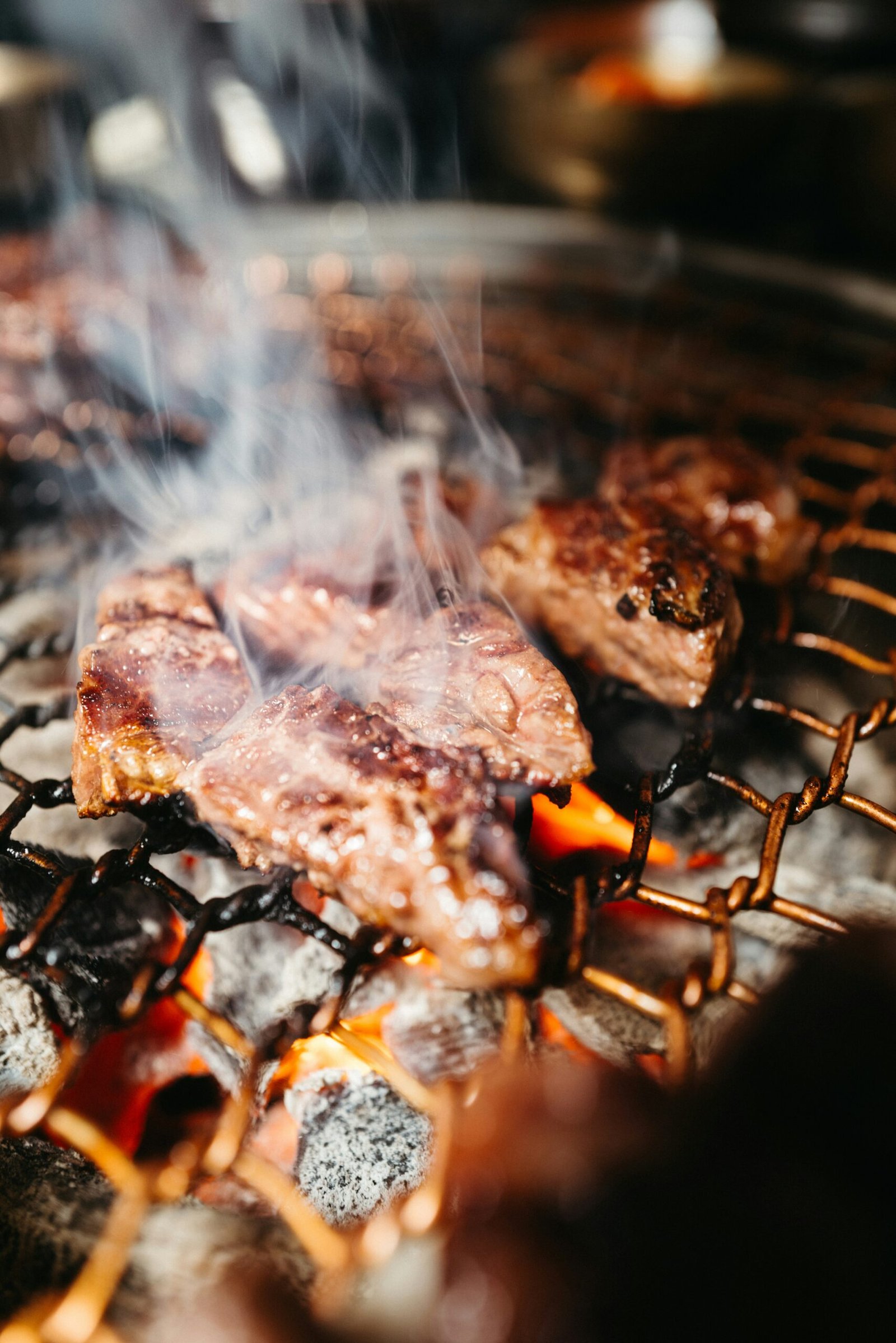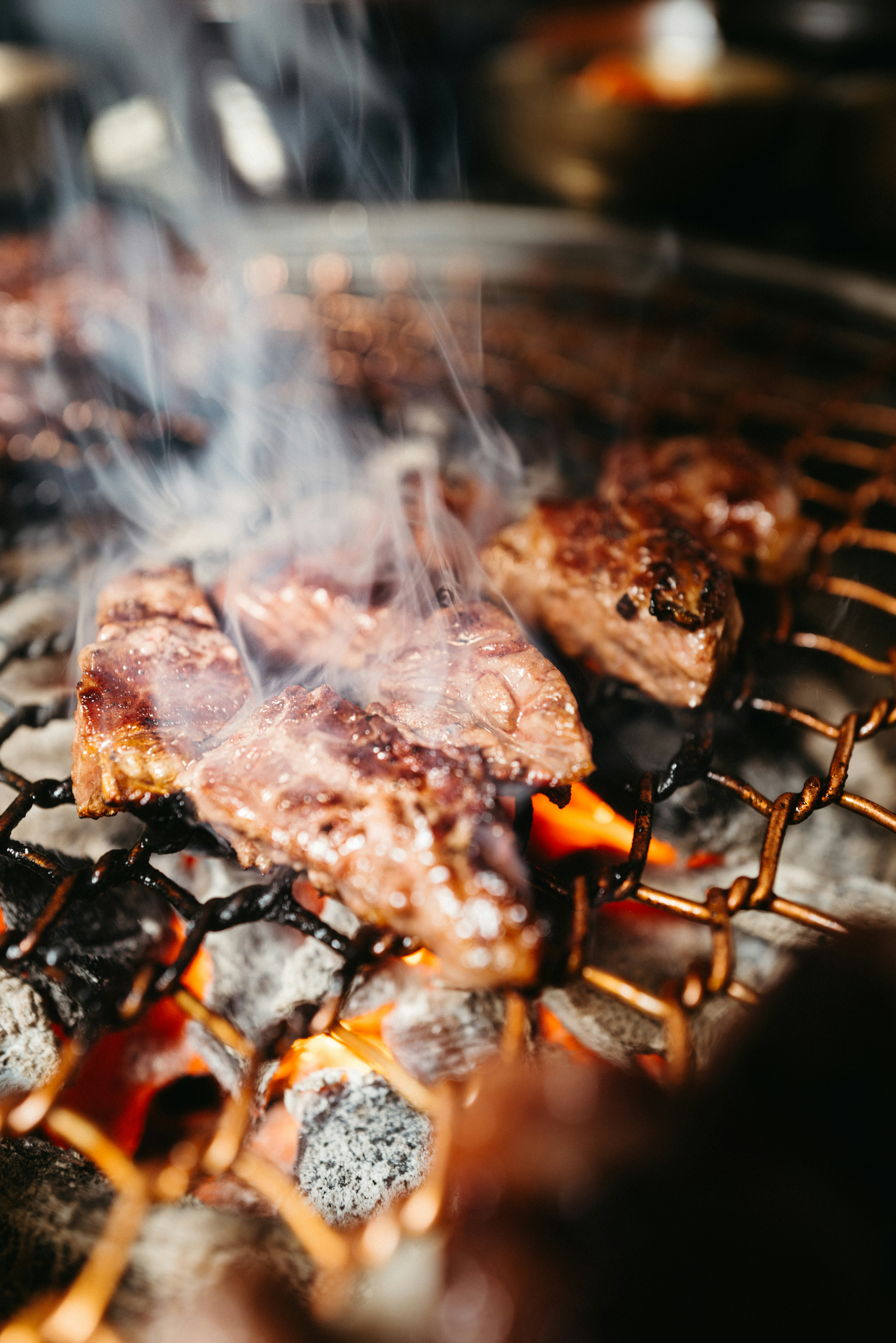Have you ever wondered about the exciting blend of flavors that Korean cuisine offers, especially when it comes to dishes that are considered aphrodisiacs or serve a festive role? Korean cooking is renowned for its bold flavors, colorful presentations, and the incredible use of ingredients that not only satiate the appetite but also stimulate the senses. Let’s journey into the heart of Korean culinary tradition and discover dishes that not only excite the taste buds but also energize you — making them perfect choices for intimate dinners or celebratory occasions.
The Role of Food in Korean Culture
In Korea, food is much more than sustenance; it’s a profound cultural experience that brings people together. Meals are a significant aspect of family gatherings, holidays, and social events. The act of sharing food fosters a sense of community and warmth that is intrinsic to Korean society. Especially during celebrations or intimate moments, certain dishes play a larger role, fueled by the belief in their aphrodisiac properties or festive spirit.
Understanding Aphrodisiac Foods in Korea
Aphrodisiacs are substances that increase sexual desire, and cultures around the world have their own unique foods believed to possess these qualities. In Korea, the concept of aphrodisiac foods is deeply rooted in traditional medicine and utilized for enhancing energy and vitality. These foods are often associated with warmth because they’re thought to invigorate the body’s system, promoting robust health and vigor.
How Festive Foods Bring Joy
Korean festive dishes are designed to celebrate life’s special moments. These meals are more than just about taste; they cleverly use textures, colors, and scents to evoke joy and create lasting memories. Whether it’s a traditional holiday feast or a special birthday gathering, the components of the meal are selected to enhance the celebratory ambiance.
Traditional Korean Aphrodisiac Dishes
There are several Korean dishes that are not only delicious but also believed to have aphrodisiac qualities. These dishes use a combination of spices, herbs, and main ingredients that are renowned for their invigorating properties.
Samgyetang (Ginseng Chicken Soup)
Samgyetang is a hearty chicken soup typically consumed in the sweltering summer months to recharge energy. This dish consists of a whole young chicken filled with glutinous rice, ginseng, garlic, jujube, and herbs. Ginseng is the star ingredient, famous for its medicinal properties, including the enhancement of energy and libido. The warm and nourishing broth not only revitalizes the body but also stimulates the senses, making it a perfect choice for an intimate dining experience.
Yukhoe (Korean-Style Beef Tartare)
Yukhoe is a flavorful beef dish made with raw beef slices seasoned with soy sauce, sugar, sesame oil, and garlic, often topped with an egg yolk. This dish is seen as an aphrodisiac because beef is a rich source of protein, providing the energy and stamina needed for physical endurance. Combined with the bold flavor of garlic, an ingredient historically celebrated for its stimulating properties, Yukhoe is perfect for spicing up an evening.
Jeonbokjuk (Abalone Porridge)
Jeonbokjuk is another delicacy believed to enhance sexual vitality. Made with abalone, a mollusk known for improving energy and digestive health, this nutritious porridge is a common comfort food. The subtle yet enriching flavors paired with the creamy texture make Jeonbokjuk not only delightful to the palate but invigorating to the body as well.
Festive Korean Dishes That Delight
Festive Korean dishes are often a feast for the senses, meticulously prepared to ensure every bite is as satisfying as the last. Here are some dishes that are synonymous with celebrations and capable of bringing a burst of joy to any occasion.
Bulgogi (Marinated Beef)
Bulgogi is one of Korea’s most beloved dishes, known for its tender, savory-sweet flavors. The dish is prepared using thin slices of beef marinated in soy sauce, sugar, sesame oil, garlic, and pepper. It is often grilled on special occasions and is a must-have at festive gatherings due to its delightful taste that appeals to a wide variety of palates. The aroma of grilling bulgogi heightens the anticipatory excitement of a celebration.
Bibimbap (Mixed Rice with Vegetables)
Bibimbap is a vibrant dish, often considered a symbol of harmony, as it meticulously blends ingredients of different colors and textures. A bowl of warm white rice is topped with sautéed vegetables, gochujang (chili pepper paste), soy sauce, and a fried egg. Bibimbap is not only visually appealing but also a flavorful medley, perfect for festivals and celebrations where the coming together of diverse elements parallels communal joy.
Tteok (Rice Cake)
No Korean celebration is complete without Tteok, the traditional rice cake. Varieties of Tteok are made with glutinous rice flour and flavored with ingredients like beans, fruits, or seeds to mark different occasions. Tteok represents good fortune and prosperity, making it a staple at birthday parties, weddings, and holiday celebrations.
Seollongtang (Ox Bone Soup)
Seollongtang is a rich, milky soup made from beef bones boiled for hours until the broth becomes hearty and flavorful. Despite its humble appearance, this soup is considered a comfort food and a festive staple especially during the Lunar New Year. Its warmth and wholesomeness are believed to cleanse the palate and begin the new year with health and prosperity.
Ingredients that Elevate Korean Aphrodisiac and Festive Dishes
Certain ingredients carry the power to enhance a dish’s aphrodisiac properties or festive presence. Understanding these ingredients can deepen your appreciation of their well-curated tastes and roles.
Ginseng
Ginseng is arguably the most famous of Korean medicinal herbs, valued for its multiple health benefits, including its ability to boost energy and enhance libido. It is commonly found in stews and teas, making its way into both everyday cooking and more lavish meals prepared for special occasions.
Garlic
Garlic is another staple in Korean cuisine due to its distinct flavor and health benefits, including its circulation-boosting properties, which are linked to increased sexual vitality. Its robust taste is a signature in many Korean recipes.
Sesame Oil
Sesame oil is often used to finish dishes, adding rich flavor and a tantalizing aroma. Its inclusion in festive and aphrodisiac dishes enhances the sensory appeal, thanks to its nutty taste and silky texture.
Chillies
Korean chilies, particularly in the form of gochujang, infuse dishes with a spicy kick that excites the palate. Spiciness is often associated with warmth and energy, symbolic of both festive cheer and aphrodisiac allure.

Creating a Memorable Korean Dining Experience
Whether you are preparing a meal for a romantic evening or hosting a festive gathering, creating a unique dining experience involves more than just the dishes themselves.
Atmosphere
Set the scene with ambient lighting and comfortable seating arrangements to encourage relaxation and enjoyment. Adding a touch of Korean decor, such as traditional tableware or accessories, can enhance the authenticity.
Pairing with Drinks
Incorporate traditional Korean beverages such as Soju or Makgeolli to complement the flavors of your meal. These drinks not only balance the dishes but also contribute to the celebratory atmosphere.
Engaging the Senses
Ensure that your meal is a sensation for all five senses: sight, smell, taste, sound, and touch. Plating each dish with attention to texture and color adds to its visual appeal, while the aromatic scents invite eager anticipation.
Conclusion
Korean cuisine offers a rich tapestry of dishes that cater not only to the appetite but also to the soul. By engaging with Korean aphrodisiac and festive foods, you gain insight into a culinary tradition that cherishes shared experiences and the joy of eating. From the comforting warmth of Samgyetang on a quiet evening to the vibrant excitement of Bibimbap at a family gathering, these dishes embody the cultural values that make Korean cuisine a celebration of life and unity. So, next time you find yourself preparing for a memorable meal, why not consider the delightful offerings of Korea—where flavor and festivity meet in perfect harmony.


